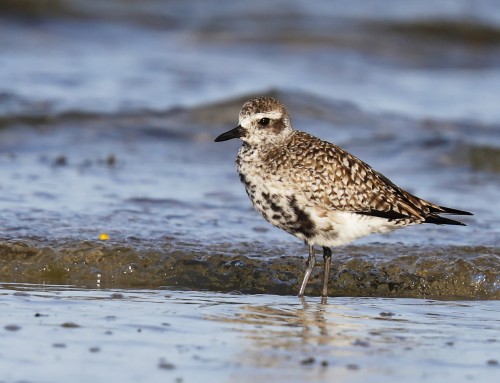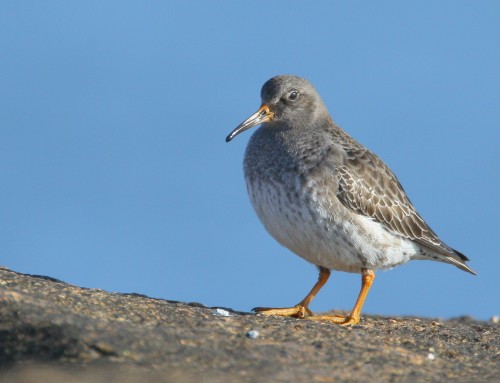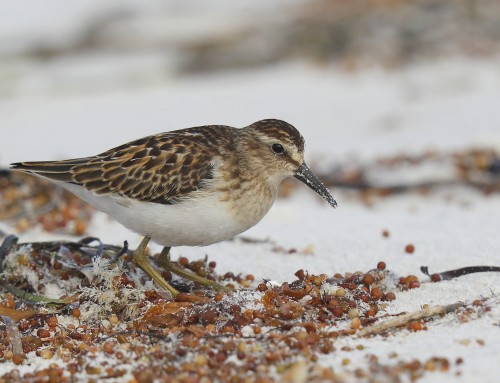During fall migration, the American Avocet, a striking shorebird, embarks on its southbound journey from breeding grounds. It has elegant black and white plumage, and a distinct upturned bill. These birds gather in wetlands and marshes along their migratory route, utilizing their sweeping bill motion to feed on aquatic prey. This elegant Avocet was recently seen in one of the shallow tidal pools at Wood Neck Beach.
Here are some key points about the migration patterns of American avocets:
1. Seasonal Migration: American avocets are migratory birds, meaning they move between breeding and non-breeding areas in response to changing seasons. They undertake these migrations to find suitable breeding and feeding grounds.
2. Breeding Range: During the breeding season, which typically occurs in late spring and early summer, American avocets are found in the interior parts of North America. Their breeding range extends from the western United States (including states like California, Utah, and Montana) up into parts of Canada.
3. Non-breeding Range: In the winter months, American Avocets migrate to warmer regions. They typically move to the southern United States, Mexico, and Central America, as well as some parts of the Caribbean. The specific wintering areas can vary from year to year depending on factors like weather and food availability.
4. Migration Routes: American Avocets follow specific migration routes between their breeding and non-breeding grounds. These routes can vary among individual birds, but generally, they follow a north-south trajectory along the interior of North America. They often use wetlands, estuaries, and coastal areas as stopover points during migration.
5. Stopover Sites: During migration, American Avocets stop at various wetlands and shallow water habitats to rest and refuel. These stopover sites are crucial for their energy reserves and overall health. Protecting these habitats is essential for the successful migration of avocets and other migratory birds.
6. Timing: Migration timing can vary depending on geographic location and individual populations. Birds in northern breeding areas typically begin their southward migration earlier, while those in southern breeding areas may migrate later in the fall.
7. Conservation: American Avocets, like many other migratory bird species, face various threats during their migrations, including habitat loss, pollution, and climate change. Conservation efforts aimed at protecting their breeding and wintering habitats and ensuring the availability of suitable stopover sites are essential for their survival.
Overall, American Avocets are fascinating birds known for their long-distance migrations between breeding and wintering areas, making them a subject of interest for birdwatchers and conservationists alike.






Leave A Comment
You must be logged in to post a comment.